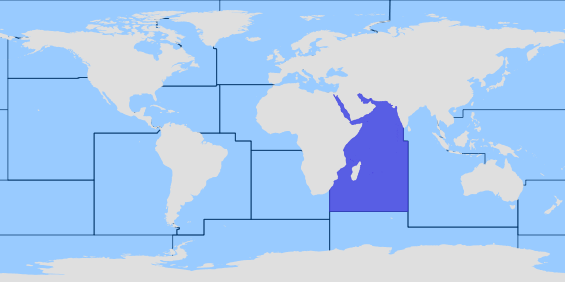ΑγγλικάDIAGNOSIS: Dorsal rays 68-75; anal rays 48-52; dorsal and anal rays branched except for a few anterior rays; lateral-line scales 70-78, including 9 or 10 anterior to a vertical at upper
end of gill opening; lateral line on ocular side projecting toward dorsal part of upper
eye; vertebrae 36-38; dorsal pterygiophores anterior to fourth neural spine 11-13; body
depth 2.4-2.45 in SL; head length (HL) 4.05-4.35 in SL; snout length 2.65-2.95 in HL; eye diameter 4.6-5.05 in HL; interorbital space very narrow, the least vertical width 26-33 in HL; tubular anterior nostril nearly reaching eyeball when laid back; cirri on front of snout and ventral side of head small and slender; no cirri on opercle at edge of gill opening, and none along edge of membranous ridges of dorsal and anal rays; caudal peduncle present but very short, the length 10.2-17.7 in HL; caudal-peduncle depth 1.7-1.95 in HL; longest dorsal ray 1.65-1.8
in HL; caudal-fin length 4.2-4.7 in SL; pelvic-fin length 1.75-2.0 in HL, reaching base third anal ray; color of ocular side when fresh brown, the edges of scales darker brown, with numerous irregular dark-edged white spots, the largest (most smaller than eye) in three rows, one below dorsal .n, one above anal .n, and one along lateral line, where most irregular; scattered small blackish spots, some specimens with indistinct larger blackish blotches alternating with large white spots of the three rows; fin rays with small brown and larger white spots, the membranes translucent. Color in alcohol with white spots, faint to absent and dark spots subdued (Ref. 57561).
 Η εικόνα δεν είναι διαθέσιμη
Η εικόνα δεν είναι διαθέσιμη